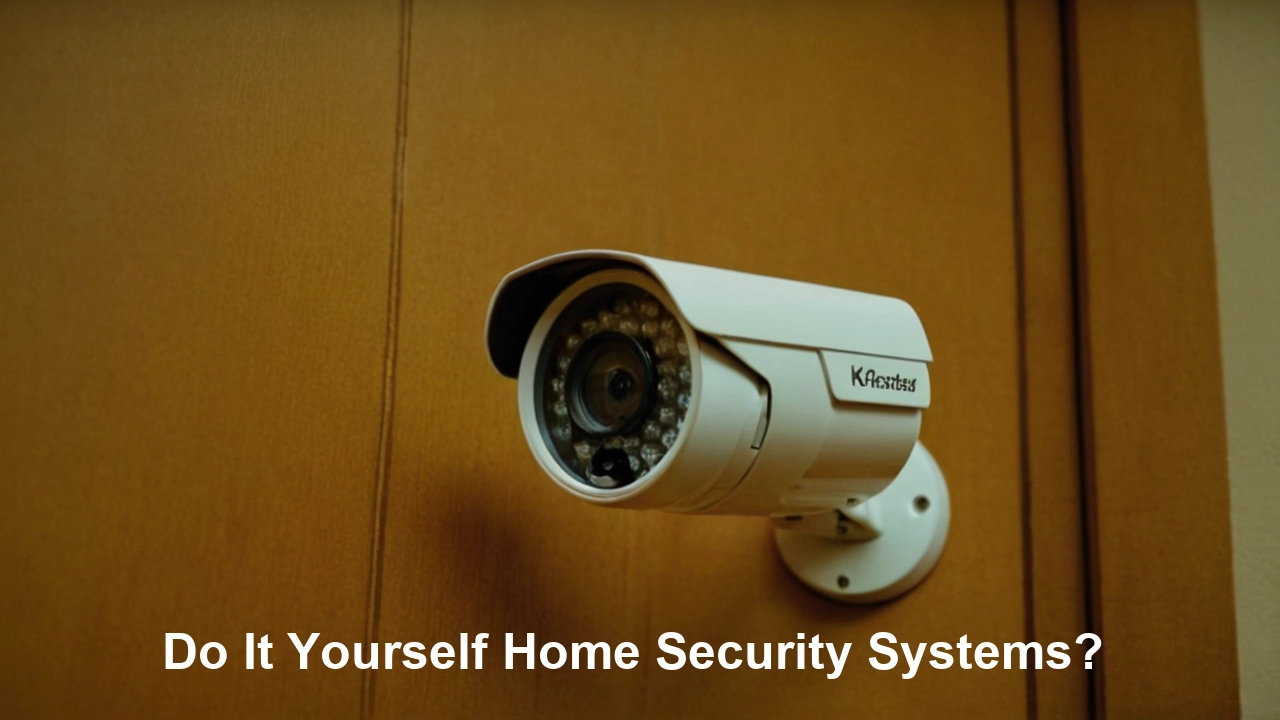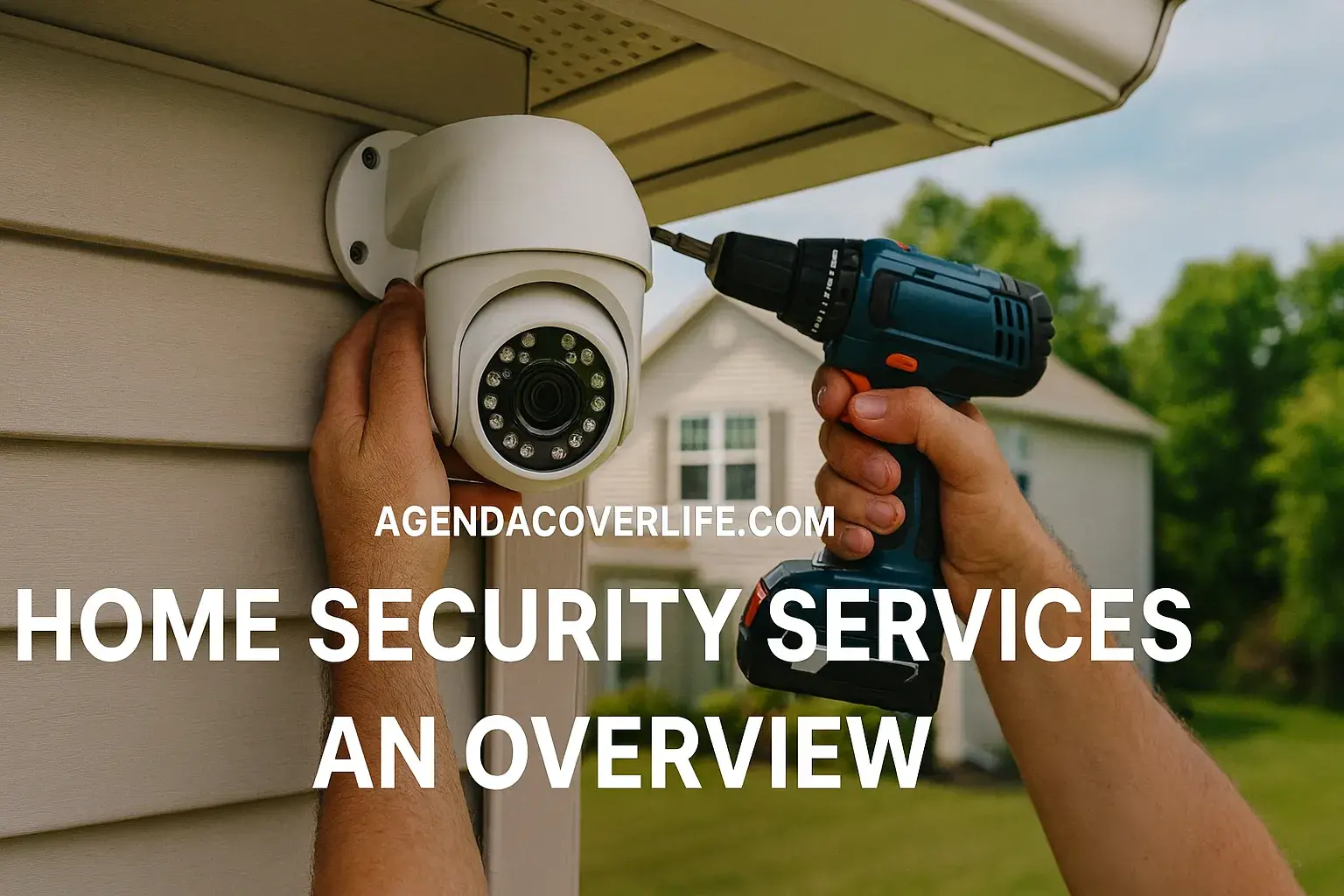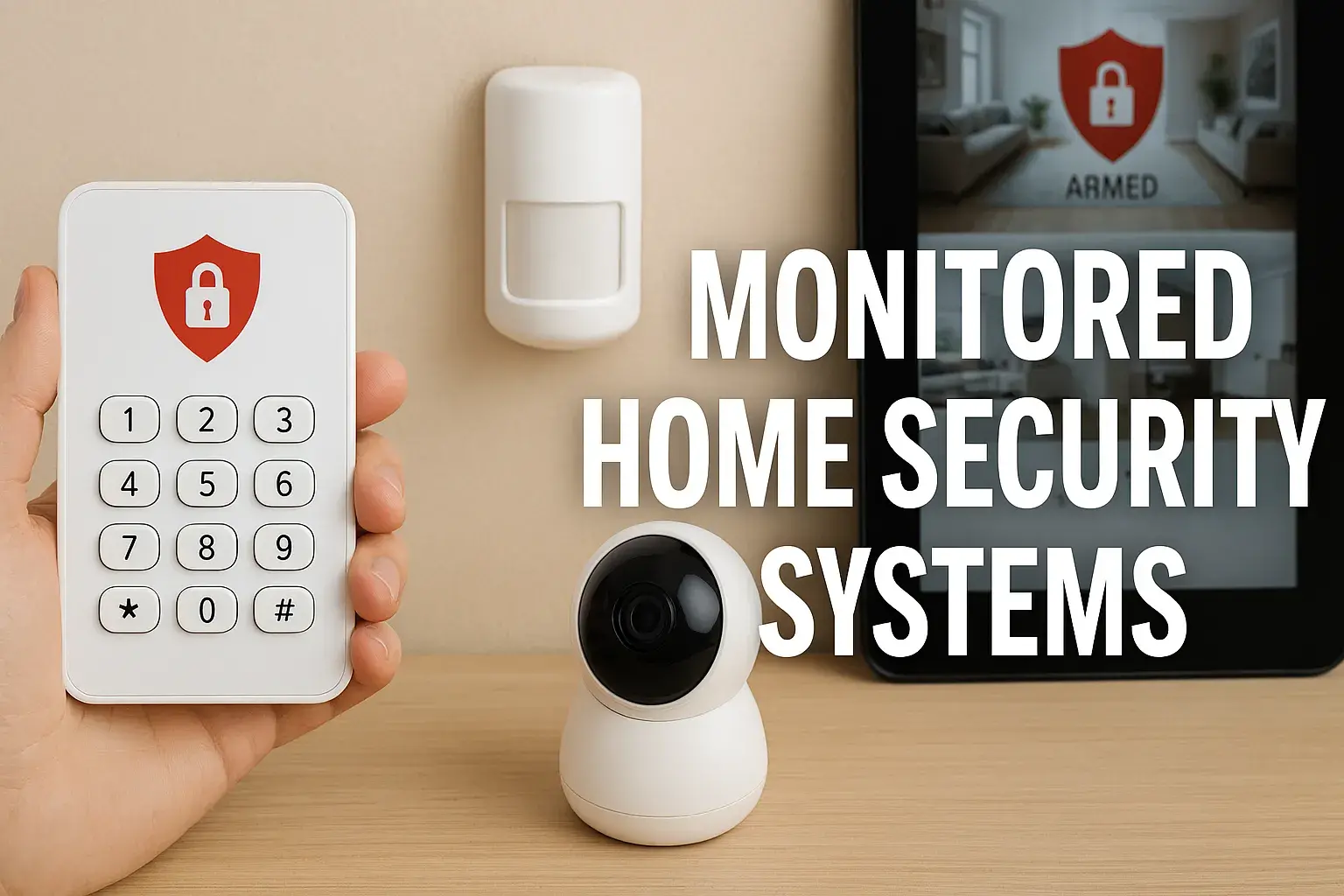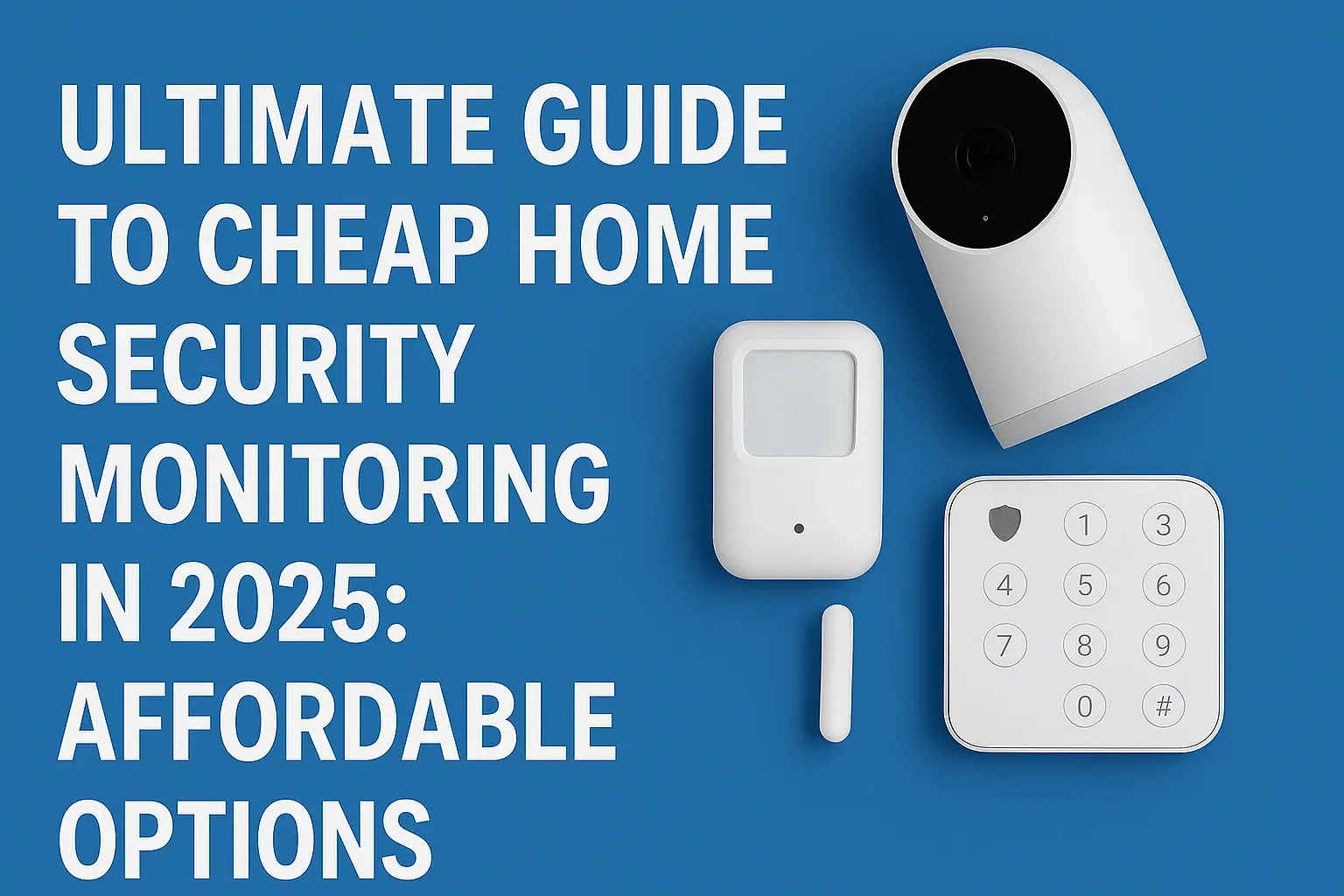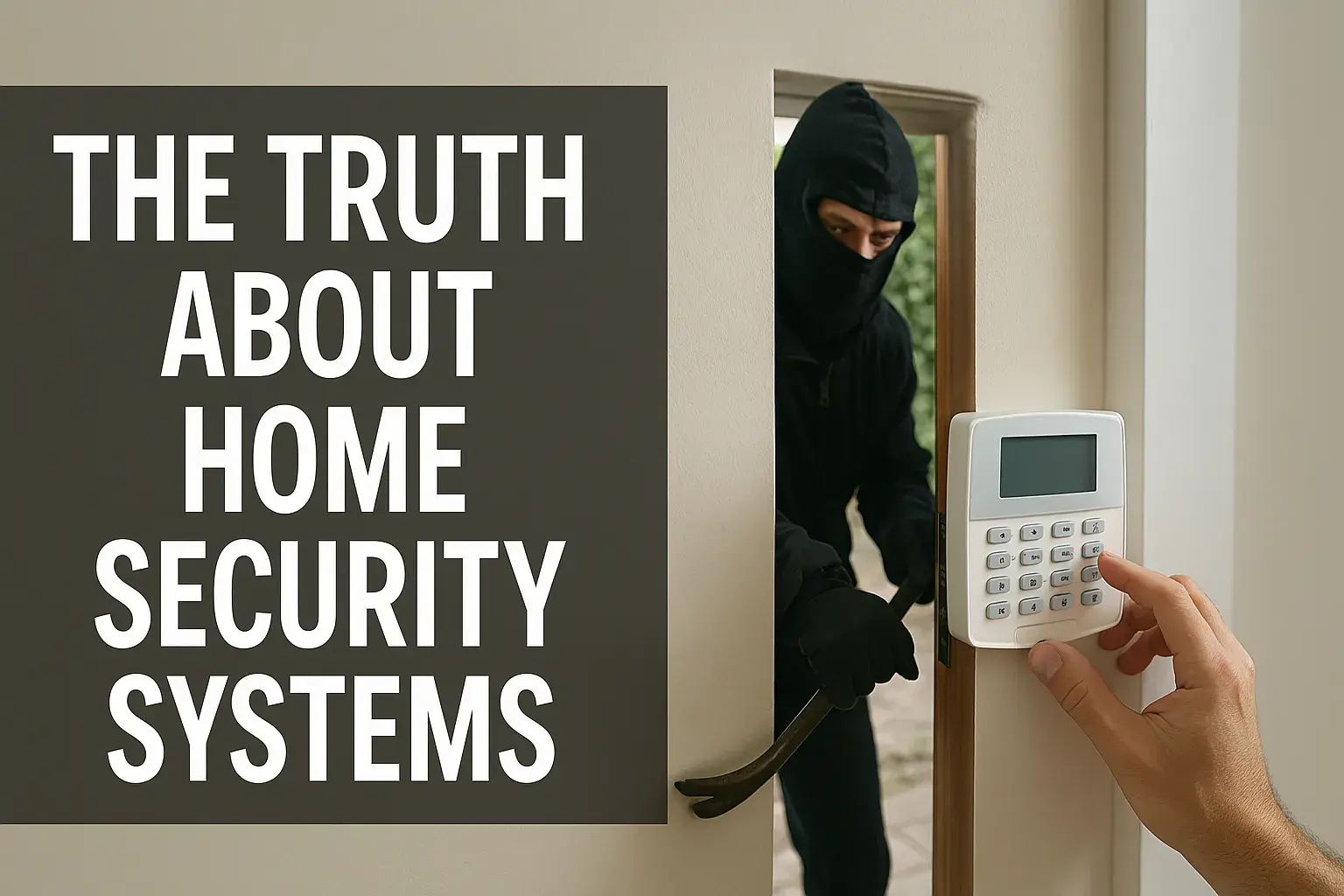Do It Yourself (DIY) home security systems have grown in favor in a time when technology enables homeowners. Establishing a safe place for your loved ones does not always call for large expenditures or expert installations. Having some technical knowledge and a project-ready attitude can help you create a strong home security system fit for your circumstances. This thorough guide will coach you through the necessary procedures, components, and ideas for configuring your own do-it-yourself home security system.
Understanding the Basics:- Before entering the realm of do-it-yourself home security, you must evaluate your particular security requirements. Point out any weaknesses in and around your house, including blind spots, access points, and locations of important goods.
- Establishing a budget is essential to making sure your do-it-yourself home security system fits your means. Although the DIY technique is usually more affordable, a budget will help you make decisions and stop overspending.
Components of a DIY Home Security System:
- Any home security system's backbone is a premium smart camera. Select cameras having two-way audio, motion detection, and night vision. Popular choices consist of Nest Cam, Arlo, and Wyze.
- Door and window sensors notify you should a point of access be compromised. These simple-to-install sensors are rather important for keeping your house safe. For hassle-free installation, they may come in wireless varieties.
- Motion sensors alert when they detect movement within a designated range. These sensors are naturally part of any do-it-yourself security system, as their proper location covers big areas.
- Use smart locks to improve your conventional locks for maximum security. These locks track activities, let you remotely regulate access, and grant visitorss temporary access.
- Integration of smart lights into your security system will help to replicate presence when you are gone. Timed or motion-activated lights will discourage any intruders and give your house an impression of activity.
- The best deterrent is a loud, striking security alert. Many do-it-yourself security systems have sirens that can be set off by different sensors, therefore alerting your neighbors and you to a possible hazard.
- One benefit of a do-it-yourself home security system is its simplicity of installation. Many components are wireless, therefore saving the need for intricate cabling; most come with detailed instructions.
- Camera Position: Effective surveillance depends on proper camera placement. Think about shielding sensitive areas, heavy traffic areas, and access points. Make sure cameras are evident to discourage behavior.
- Install door and window sensors at possible ports of entrance, then arrange motion sensors to cover areas of heavy traffic. Play about with several sites to maximize coverage and reduce false alerts.
- Many do-it-yourself security systems are made to go perfectly with cellphones and other gadgets. Make sure your parts may interact with one another and that they may be watched from a distance for further ease.
- Choose a solution that lets you monitor from a distance using a specialized app. From anywhere in the globe, this function lets you monitor your house in real time, get alarms, and even interact with your security system.
- Test your do-it-yourself security system often to make sure all parts are operating as intended. This covers looking at alarms, cameras, and sensors. Take quick care of any problems to keep your system running as it should.
- Install firmware and software updates to maintain the currentness of your system. This guarantees that your security components include security patches, bug repairs, and the most recent improvements.
Additional Considerations:
- Install cameras with awareness of privacy, particularly if they view public areas. Know the legalities behind monitoring your neighborhood and honor your neighbors' right to privacy.
- A power backup system could help to guarantee that your security system is functional during blackouts. For parts that depend on a continuous power source, especially, this is crucial.
- Show signs on your premises suggesting ongoing surveillance. Clear security policies discourage possible intruders from focusing on your house.
Conclusion:
Constructing a do-it-yourself house security system is a fulfilling project that improves home safety and offers peace of mind. Selecting and arranging security elements deliberately can help you build a strong system fit for your particular requirements and budget. Frequent maintenance and upgrades guarantee that your do-it-yourself security system stays efficient over time, providing ongoing protection for you and your family. Accept the empowerment of technology and start toward a safer, more secure house.
Call (888) 805-5456 to get a DIY home security system now!
